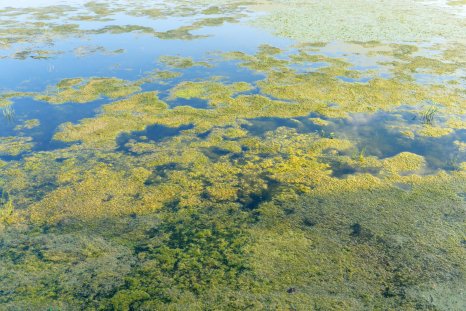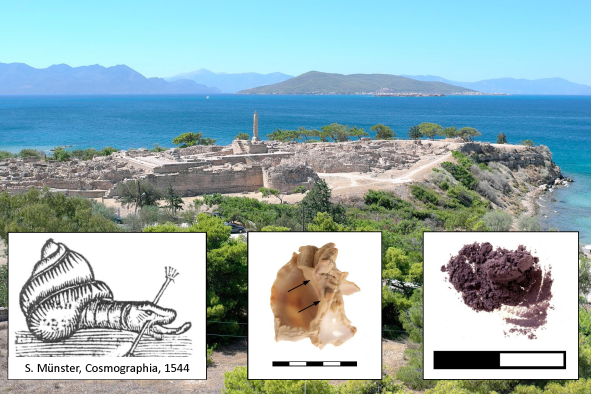Researchers have identified a tiny new plant species with iridescent foliage in the Andes mountains—in what experts have hailed as a "miraculous" discovery.
A team of scientists observed the species Amalophyllon miraculum in two localities during recent exploratory field expeditions to the western slopes of the Ecuadorian Andes, according to a study published in the journal PhytoKeys.
These localities lie in the Centinela region of Santo Domingo de los Tsáchilas province, which had long been considered a legendary hotspot of biodiversity. In the 1990s, the region came to prominence when researchers reported a mass extinction of plant species in the area, largely attributable to agricultural activities.
Despite this research, many of the presumed extinct species have been documented over the past few years—not to mention the latest discovery of A. miraculum.
"The presence of several critically endangered species and the recent discovery and description of new species from Centinela represent a miraculous discovery that has shattered a prevailing assumption that the once-thought-lost biodiversity...had vanished entirely," the authors of the study wrote.
The new species was found in small patches of fragmented forest surrounded by large swathes of deforested agricultural landscapes. The two localities where the species was documented are located roughly 5 miles apart. One is a patch of forest on a farmer's land, while the other lies in a private reserve.
The "miraculum" part of the name is a reference to the remarkable nature of the plant's discovery, according to the researchers.
"The specific epithet reflects the extraordinary and unexpected persistence of remnant forest patches of an area broadly defined as 'Centinela,'" the authors said. "The heroic efforts of local landowners who maintained small patches of forests—usually surrounding waterfalls—were instrumental in conserving remnant forest fragments."
The new plant species measures around 2 inches high and features stunning iridescent foliage and white ephemeral flowers.
While researchers have welcomed the discovery, the plant has been assigned a preliminary conservation status of Critically Endangered. This classification was based on the plant's restricted range and the severely fragmented nature of the forests it is found in. The forests of Centinela are also still in decline, with intact areas mostly reduced to small fragments.
"The only documented populations of Amalophyllon miraculum are inside privately protected areas surrounded by agriculture in unprotected parts of the Santo Domingo de los Tsáchilas province," the study authors wrote.
"The current landowners [of the two localities] are committed to preserving the forest fragments on their property, but broader efforts are urgently needed by governmental and non-governmental agencies to protect these and other nearby forest fragments...Effective conservation of this and the other endemic species of the Centinela region will require constant vigilance."
Do you have an animal or nature story to share with Newsweek? Do you have a question about plants? Let us know via science@newsweek.com.
Disclaimer: The copyright of this article belongs to the original author. Reposting this article is solely for the purpose of information dissemination and does not constitute any investment advice. If there is any infringement, please contact us immediately. We will make corrections or deletions as necessary. Thank you.



